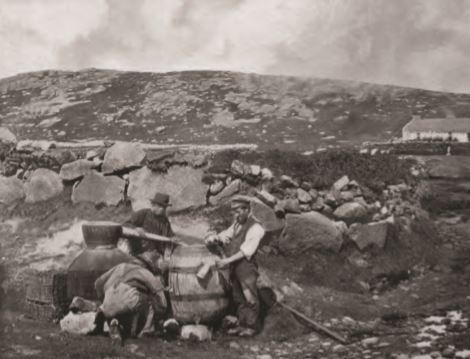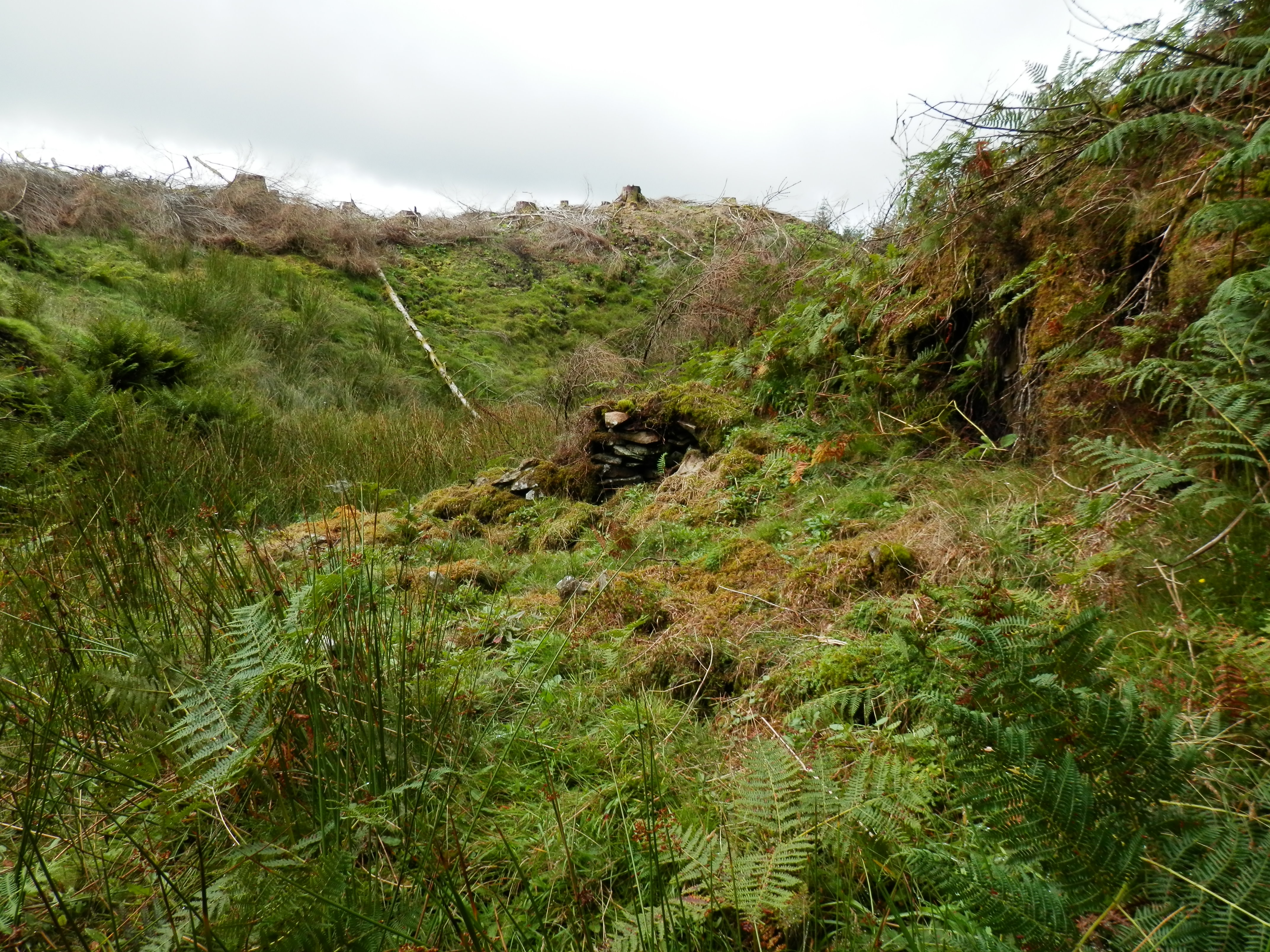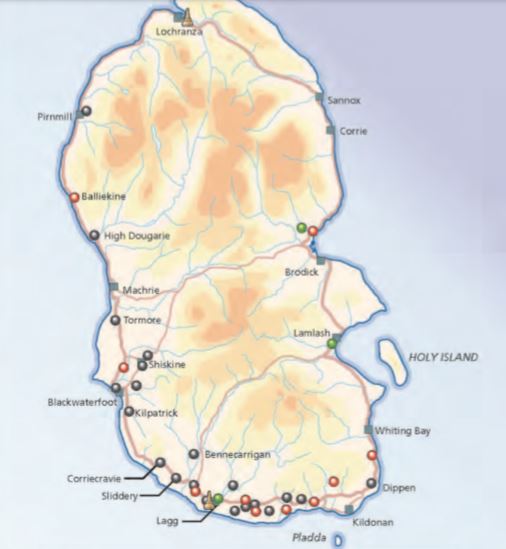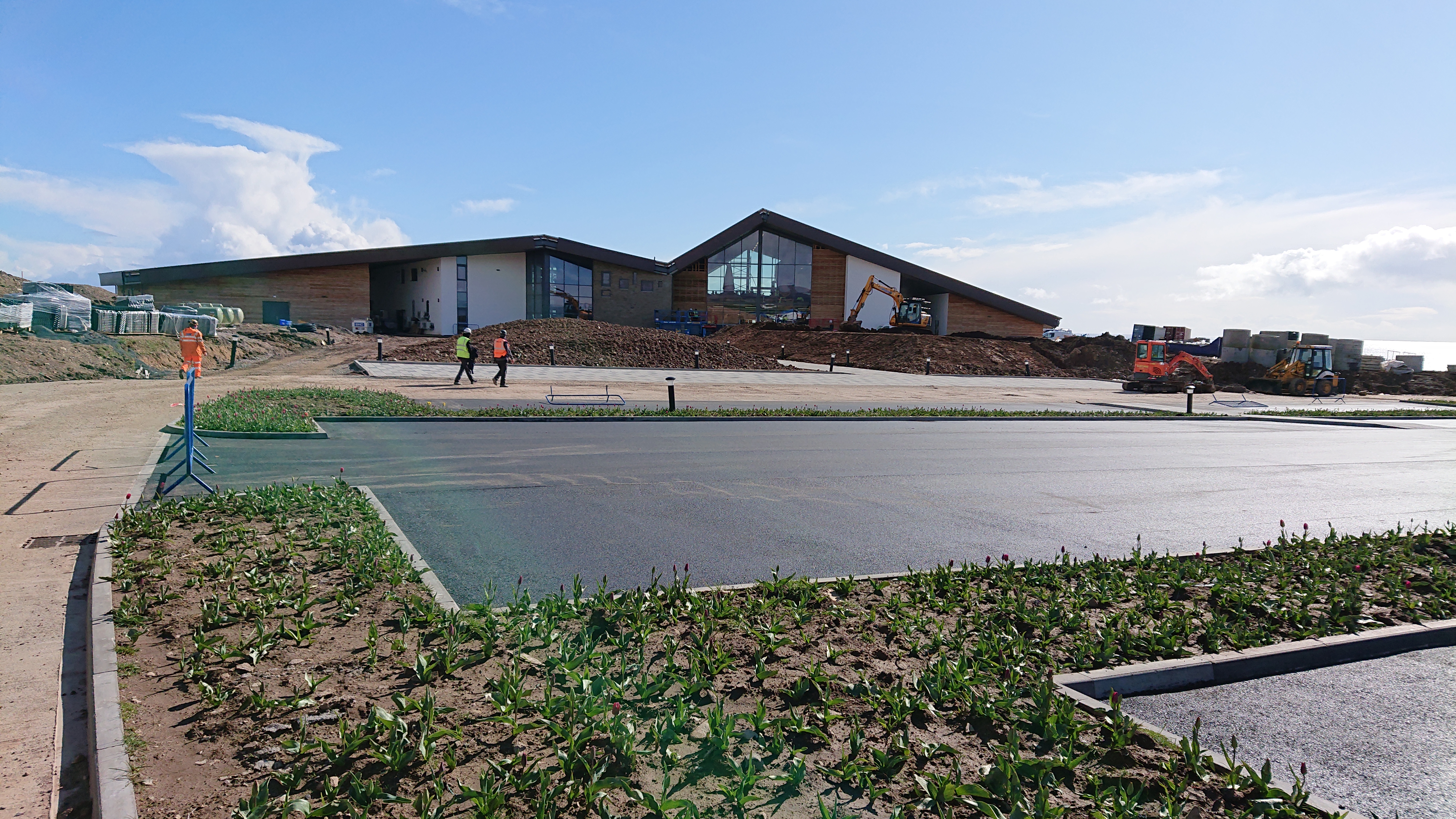
Often referred to as ‘Scotland’s gift to the world,’ it’s the golden tipple as synonymous with the country as tartan, thistles and the rain.
But while many associate the best Scottish whiskies with Islay and the Highlands, a new book has revealed that it was in fact the Isle of Arran that also helped spawn the high quality Scotch we know today.
Until now, Arran’s whisky history had been little explored, but in-depth research has shown that the island was at the epicentre of Scotland’s whisky production in the late 18th and early 19th centuries.
One of the reasons for its lack of record in history has also been uncovered – like most of Scotland, Arran’s whisky export during this time was completely illegal.
New book, Arran Water: An Island Whisky History, explores this enchanting distilling past, unearthing the secrets of the hidden bothies of Arran’s hills and glens and provides a captivating insight into the lives of the island’s smugglers.
Written by Gregor Adamson, a historian, writer and researcher specialising in the history of whisky distilling in Scotland, the book is being released to coincide with the opening of Arran’s new distillery in the south end of the island this spring.
He’s also proved Arran’s illegal whisky history through identifying an extremely rare discovery – an illicit still bothy found by a forestry worker in Lagg, near to where Arran’s new distillery is to be opened.
“The characteristics of the ‘Smuraig Sma’ Still’ (as I have christened it) are consistent with other illicit bothy sites from the 19th century,” says Adamson.
“These structures are notoriously difficult to find as they were designed not be discovered, and are in remote areas.
“Finding the bothy on Arran reaffirms evidence that the island was a hub of illicit production. In the late 18th century it was noted there were at least 50 stills in the south end of the island.”
History
Whisky was outlawed in Scotland for around 40 years in the late 18th and early 19th centuries after its growing popularity drew the beady eyes of the government, who wanted to benefit from its manufacture. But it created a huge backlash of underground smuggling, with families, women and children all involved in exporting the drink.
“Soon after the government became aware of whisky’s increasing popularity, they attempted to control production and of course benefit financially by introducing tax on spirits,” says Adamson.
“This led to an incentive to illicitly sell the produce of small private stills.
“The government then responded to this by outlawing private distilling completely in 1781. Overnight, distilling went from ‘private,’ to ‘illicit.'”
Illicit distilling and smuggling were prevalent throughout Scotland but the activities were mainly associated with the Highlands. Speyside, Campbeltown and Islay were also hot-beds of illicit production but Arran, one of the main players in whisky export at the time, had been completely overlooked, until now.
“After whisky was again made legal in the 1823 Excise Act, Arran was unable to transition from illicit to legal production due to its lack of infrastructure, which may suggest why it has been overlooked until today,” continues Adamson.
“But illicit distilling and smuggling formed a critical part of the island’s economy, ensuring rent payments and guaranteeing employment on the island.
“It was noted by a Kilmory minister (a village in Arran’s south end) that there were ‘few, if any, in the parish, who, at some period of their lives, were not engaged in some department of smuggling.”
Death in the name of whisky
One notable incident that involved a number of these Arran smugglers includes three islanders murdered by authorities in the name of illegal whisky export.
“William and Donald McKinnon (father and son) and Isobel Nicol, were shot and killed by a heavily armed Excise crew near Shannochie in Arran’s south end,” says Adamson.
“The commander of the Excise party, John Jeffrey, was tried for murder at the High Court in Edinburgh and found not guilty despite opening fire on a group of unarmed islanders.
“The incident had a considerable impact on the island community and a memorial service was held near the site of the killings as late as the 1950s.”
‘The burgundy of all the vintages’
While Islay is recognised today as one of the key players in Scottish whisky produce and renowned the world over for its peaty, smokey, highly revered quality drams, it was in fact Arran malts that first held the highest acclaim amongst early connoisseurs.
“Arran whisky was of the highest quality, selling for a price equal to, and often exceeding Islay whisky,” says Adamson.
“A contemporary of Sir Walter Scott described illicit Arran as ‘the burgundy of all the vintages.'”
Today
Before the Excise act was passed in 1823 legalising distilleries once more, over 14,000 illicit stills had been shut down and over 5,000 people convicted of illicit distillation in Scotland.
After 1823, the majority of illicit producers were barred from the whisky industry, lacking the finance and infrastructure to compete with large landowners and tenant farmers.
On Arran, the acts virtually wiped out whisky manufacture, and for over 150 years, the island’s illicit stills lay silent.
In 1995, Arran’s first legal distillery in over a century was opened, and now, the new establishment at Lagg brings production firmly back to the traditional heartland of distilling in the south end of the island.
“Without a legal distillery on the island, Arran’s whisky heritage was unable to be celebrated, in the way Islay has managed to keep hers alive,” says Adamson.
“But hopefully now, with the development of Lagg distillery alongside the book, it will mean Arran’s rich distilling past will finally get the recognition it deserves.”
Arran Water: An Island Whisky History, available to order from 30 April.

Enjoy the convenience of having The Sunday Post delivered as a digital ePaper straight to your smartphone, tablet or computer.
Subscribe for only £5.49 a month and enjoy all the benefits of the printed paper as a digital replica.
Subscribe




